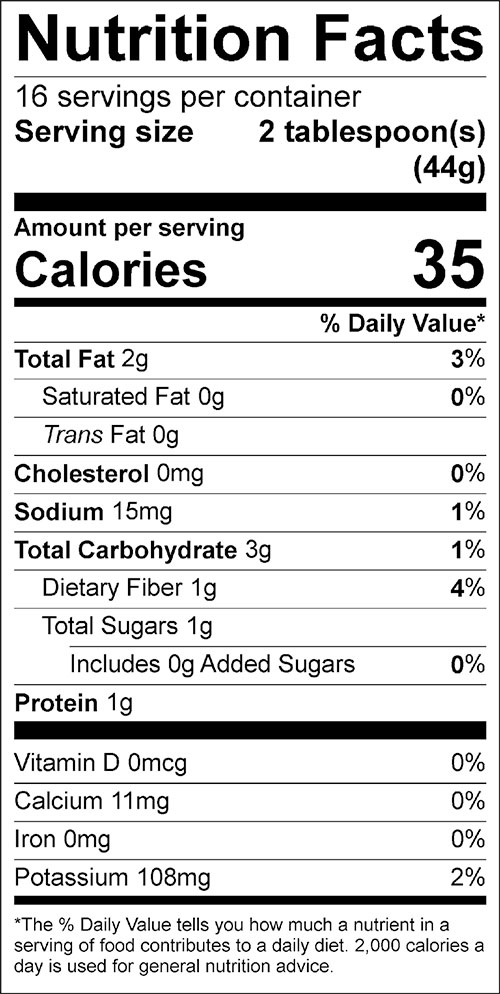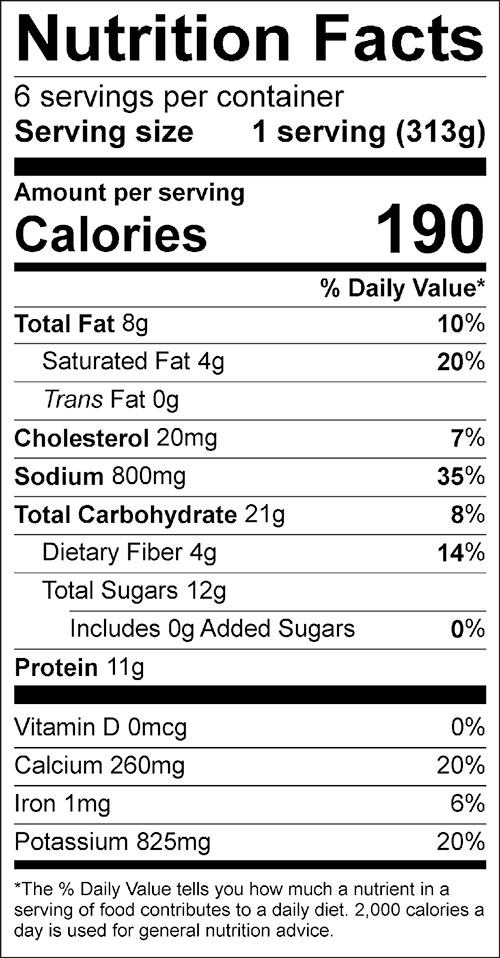Bulletin #4307, Vegetables and Fruits for Health: Eggplant
Revised and updated by Extension Professor Louise O. Kirkland, University of Maine Cooperative Extension.
Originally developed by Extension Nutrition Specialist Nellie Hedstrom, University of Maine Cooperative Extension.
For information about UMaine Extension programs and resources, visit extension.umaine.edu.
Find more of our publications and books at extension.umaine.edu/publications/.
Eggplant is not a vegetable that most Mainers think of as a common garden vegetable. But eggplant is very versatile, and making room for it in the garden is becoming more and more common.
This attractive, rich, deep purple vegetable capped with gray-green leaves is available year-round in local markets. You can buy Maine-grown eggplant at farmers’ markets or roadside stands from late July to early October. Varieties vary in shape and size, from round to finger-shaped. Eggplant is popular in Asian and Middle Eastern cookery, as well as in many Mediterranean dishes.
Nutrition Information
Like most vegetables, eggplant is naturally low in calories and has no fat. It is a fair source of potassium, iron, and protein. A cup of plain eggplant has only 38 calories. Eggplant is a very good source of fiber.
Eggplant is a member of the nightshade family, and therefore related to potatoes, tomatoes, and peppers. Some writers, such as food author and columnist Jane Brody, recommend always cooking eggplant before eating to destroy any toxic solanine that may be in the vegetable. The cooked peel can be eaten with the pulp in any recipe.
Selection
Choose eggplant with a bright purple color. If you select a newer variety, you may find pink, striped, or even white eggplant. For best quality, look for eggplants that are firm, heavy for size, and free of scars. The skin will be glossy, and the flesh will be firm. Smaller, slender selections usually have smaller seeds and are more tender. Avoid eggplant with brown or blue streaks, or that are shriveled and flabby.
Storage
While eggplant can be stored for a short time at room temperature, the ideal storage temperature is between 46 and 55°F. Storing below 46° will damage eggplant. Store unwashed in the vegetable crisper of the refrigerator without forcing or squeezing them in the crisper, as excess pressure on the delicate skin will cause bruises and decay. Premium quality fresh eggplant will last for about a week in the refrigerator.
Preparation
Wash the eggplant just before cooking and cut off the cap and stem. Eggplant can be cooked with or without its skin. It can be baked, boiled, fried, sautéed, steamed, or stewed. The vegetable can be served stuffed, and used as a meat extender. The varieties of ways in which it can be prepared make it a favorite with people who limit meat in their diet. It is said that eggplant absorbs fat faster than other vegetables, so limit the amount of fat you add to recipes.
Bake eggplant whole in a 400°F oven. Pierce the skin, as you would a potato, before baking. Cook for 30 to 40 minutes, and then remove the flesh from the skin. The flesh can be mashed or pureed and combined with other ingredients, or used in spreads or dips.
Bake eggplant halves by slicing the vegetable in half lengthwise. Brush the cut side with oil, season, and bake, or scoop some of the pulp and stuff with meat or vegetable stuffing. Cook for 20 to 30 minutes at 425°F. Or try broiling or grilling halves that have been sliced lengthwise, lightly oiled, and seasoned.
Eggplant can be stewed alone or with other vegetables to form the colorful stew call ratatouille. Sauté eggplant chunks in a little oil, then add stock, tomato juice, or other liquid. Simmer, covered until the eggplant is tender. Cooking time is 20 to 25 minutes.
Eggplant Dip
Serves 16 (2-tablespoon servings)
1 medium eggplant, peeled and cut into 1 1/2 inch chunks
1/4 cup sesame tahini (sesame butter)
1/4 cup lemon juice
1/3 cup fresh parsley, minced and packed
1–2 cloves garlic
1 teaspoon soy sauce
Cook eggplant by steaming in a saucepan with a steaming rack. Cover and steam until the eggplant is tender when a fork is inserted, about 5 minutes. Add remaining ingredients and mix until fairly smooth, either by hand, in a blender, or in a food processor.
Serve in a bowl for dipping, warm or room temperature. Garnish with extra parsley. Use pita bread triangles or bread sticks for dipping.
Easy Eggplant Parmesan
Serves 6
3 cups spaghetti sauce
1 medium eggplant (about 1 1/2 to 2 pounds)
6 ounces skim mozzarella cheese, grated
2 tablespoons Parmesan cheese
Spray a 9- x 13-inch baking dish with cooking spray. Pour 1/2 cup of spaghetti sauce in pan. Peel eggplant and slice into 1/2-inch thick slices. Put half of the slices in the baking dish. Top with 1 cup of sauce, half of the mozzarella cheese, and the remainder of the eggplant. Cover with the rest of the sauce and sprinkle with Parmesan cheese.
Cover with foil and bake for 45 minutes in a 350°F oven. Top with the rest of the mozzarella cheese and return to the oven, without cover, until the cheese is melted.
Serve with a fresh green salad and a serving of cooked pasta.
Some content adapted with permission from University of Massachusetts Cooperative Extension.
Information in this publication is provided purely for educational purposes. No responsibility is assumed for any problems associated with the use of products or services mentioned. No endorsement of products or companies is intended, nor is criticism of unnamed products or companies implied.
© 2009
Call 800.287.0274 (in Maine), or 207.581.3188, for information on publications and program offerings from University of Maine Cooperative Extension, or visit extension.umaine.edu.
In complying with the letter and spirit of applicable laws and pursuing its own goals of diversity, the University of Maine System does not discriminate on the grounds of race, color, religion, sex, sexual orientation, transgender status, gender, gender identity or expression, ethnicity, national origin, citizenship status, familial status, ancestry, age, disability physical or mental, genetic information, or veterans or military status in employment, education, and all other programs and activities. The University provides reasonable accommodations to qualified individuals with disabilities upon request. The following person has been designated to handle inquiries regarding non-discrimination policies: Director of Equal Opportunity and Title IX Services, 5713 Chadbourne Hall, Room 412, University of Maine, Orono, ME 04469-5713, 207.581.1226, TTY 711 (Maine Relay System).




